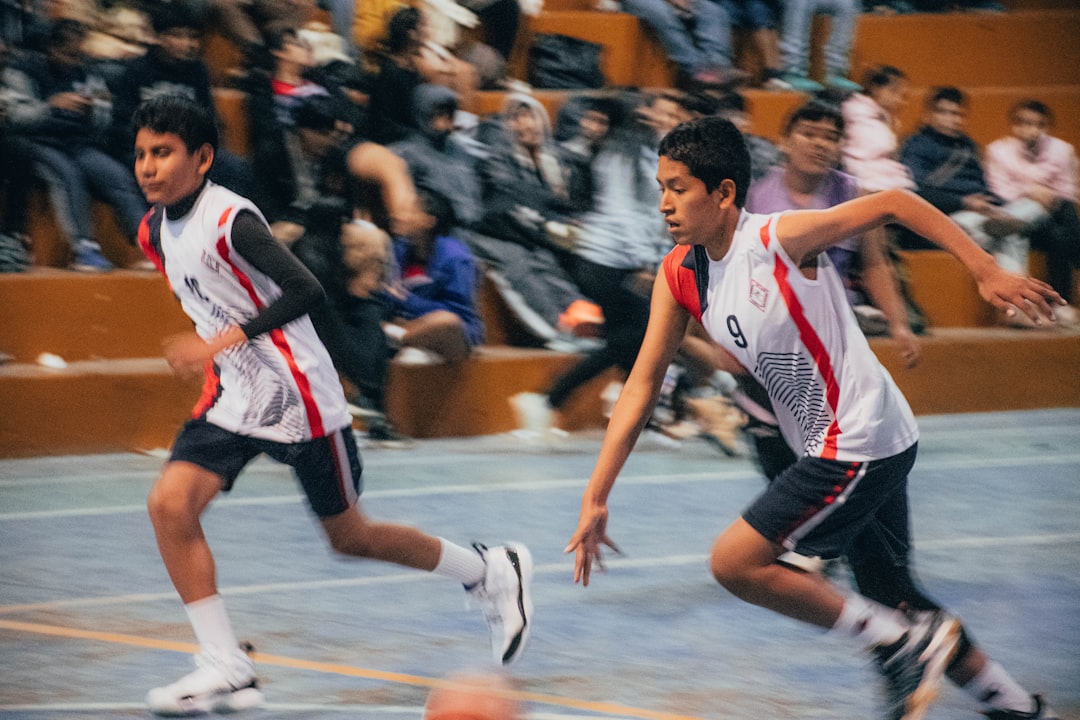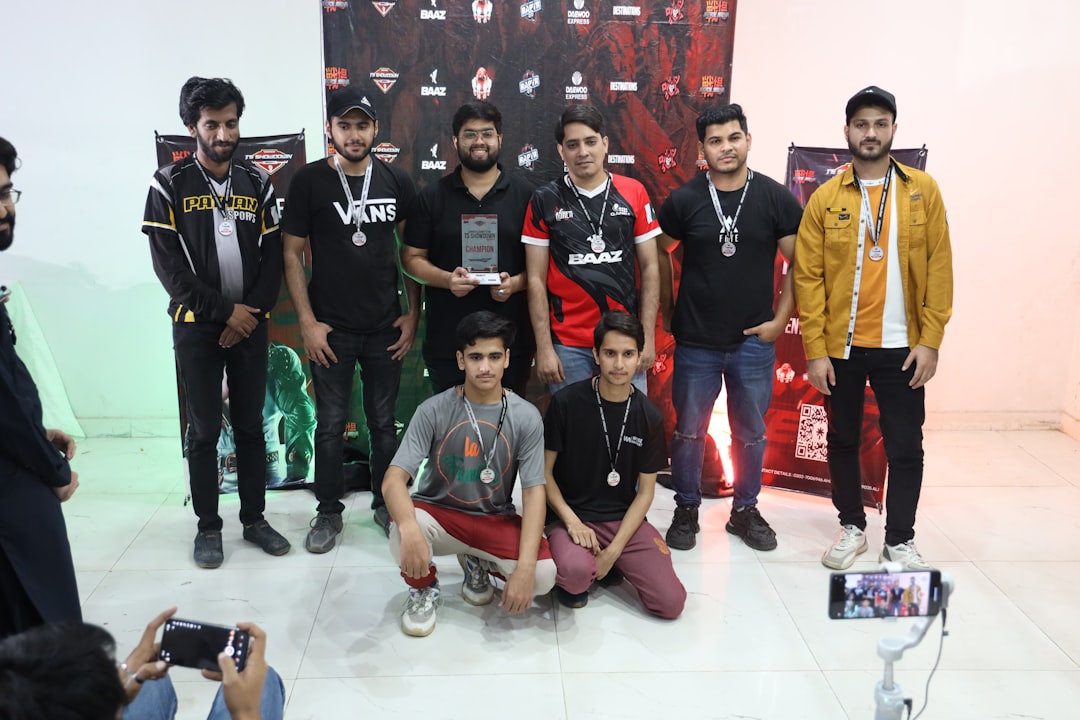Over the past decade, esports have surged in popularity, and their presence in American high schools is growing rapidly. What once was considered a niche hobby is now turning into a legitimate avenue for scholarships, career opportunities, and social development. As schools and local districts form competitive teams, it’s important for parents to understand both the benefits and potential downsides of this digital revolution in student activities.
According to the National Federation of State High School Associations (NFHS), more than 8,600 high schools across the U.S. now have esports programs. What’s behind this explosion in popularity? A mix of student interest, technological infrastructure, and newfound acceptance of gaming as a team-based, skill-driven activity. Esports leagues are now structured similarly to traditional sports, with seasonal competitions, coaching, and practice schedules.

The Benefits of Esports Participation
For many students, esports offer a sense of community and personal achievement. It’s not just about playing games—there’s a structured, competitive aspect that teaches discipline, teamwork, communication, and strategic thinking. Here are several advantages:
- Increased Engagement: Students who may not participate in traditional sports find a new outlet for their passions.
- Scholarship Opportunities: Over 200 U.S. colleges offer scholarships for esports, giving students a financial incentive to participate seriously.
- STEM Skill Development: Many esports games require analytical thinking and foster an interest in technology, networking, and computer science.
- Career Pathways: Beyond playing, careers in game design, broadcasting, and marketing are part of a growing industry worth over $1 billion annually.
Additionally, schools report improved GPA and attendance rates among students who are actively involved in esports programs. This correlation is attributed to the structure and motivation students receive from being part of a team.
Challenges and Concerns for Parents
While the upside is clear, parents naturally have concerns, especially regarding screen time, academic distractions, and the content of some games.
- Screen Time Management: Esports athletes, like traditional athletes, need balance. Schools regulate practice times, and most programs encourage healthy tech habits.
- Game Content: Not all popular esports titles are age-appropriate. Most high school leagues focus on titles with a Teen or Everyone rating.
- Academic Prioritization: Many schools require minimum academic performance to stay on a team, helping students stay focused in class.
Parents are encouraged to get involved and learn about the programs. Most coaches are educators who prioritize safety, inclusion, and academic excellence. Open communication with students about their gaming interests and participation also helps build trust and understanding.

How Schools Are Supporting the Movement
From setting up dedicated gaming rooms to forming varsity-level teams, high schools are investing in esports like never before. National organizations like PlayVS and HSEL (High School Esports League) partner with districts to provide structured competitions and secure platforms. These ensure students stay in a safe and educationally appropriate environment while competing.
As more educational institutions recognize the academic and social value of esports, they are integrating gaming into career and technical education (CTE) pathways and offering courses in game development and digital communications.
FAQ – What Parents Need to Know About High School Esports
- Q: Is playing video games at school a distraction from learning?
A: When regulated properly, esports can actually complement academics by teaching valuable life skills and encouraging engagement. - Q: Are esports scholarships real?
A: Yes, many colleges offer scholarships for skilled esports players, often as part of larger technology or communication departments. - Q: Is it safe for kids to play online competitively?
A: Most school-led programs use controlled environments with adult supervision and vetted communication channels to ensure student safety. - Q: How much time do students spend practicing?
A: Practice schedules are similar to those of traditional sports—usually 2–3 hours a few times per week after school, with monitoring from coaches. - Q: What games do high school esports teams play?
A: Games vary but typically include titles like Rocket League, League of Legends, Overwatch 2, and Super Smash Bros., all of which meet school content standards.
As esports continues to gain traction in secondary education, being informed and involved is the best step forward for any parent. With the right guidance, esports can be a rewarding and educational experience for students both in and out of the digital arena.
